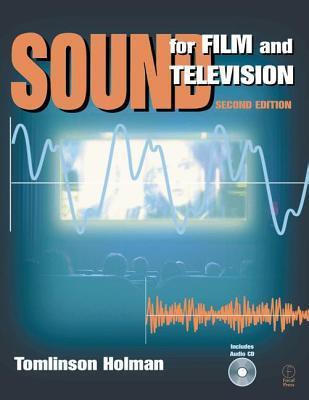What do you think?
Rate this book


Written by one of Hollywood's leading sound experts, Sound for Film and Television, Second Edition provides a solid grounding in all aspects of the sound process. Basic principles are presented with illustrations demonstrating how they affect the day-to-day activities on a film or television set, in the editing room, and in the mix room.
*The only text to present sound design as both an art and a science *Bridges the gap between production books and design engineering books
*Accompanying audio DVD contains examples demonstrating key concepts from the book
285 pages, Paperback
First published April 1, 1997